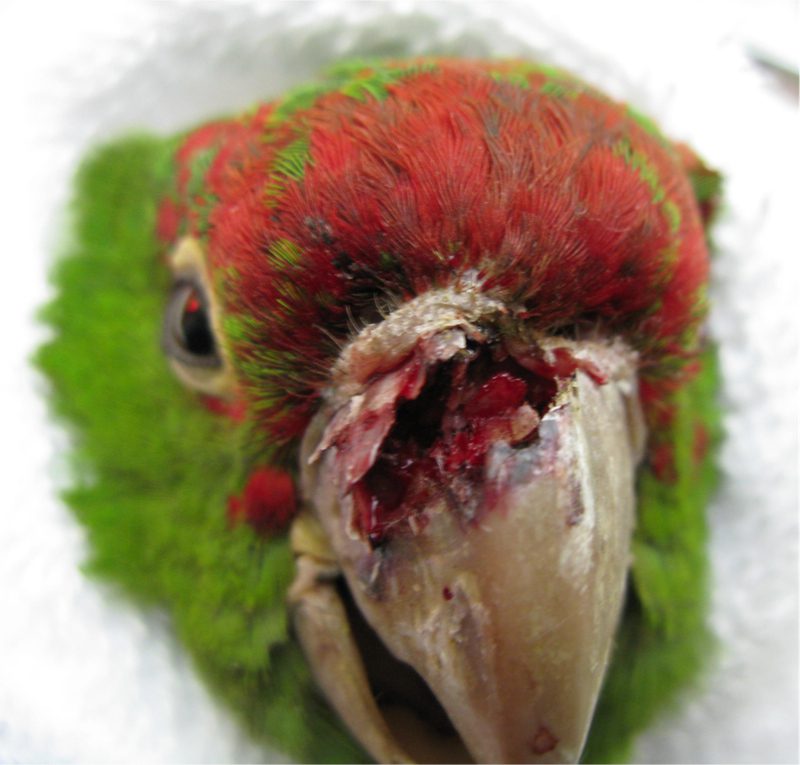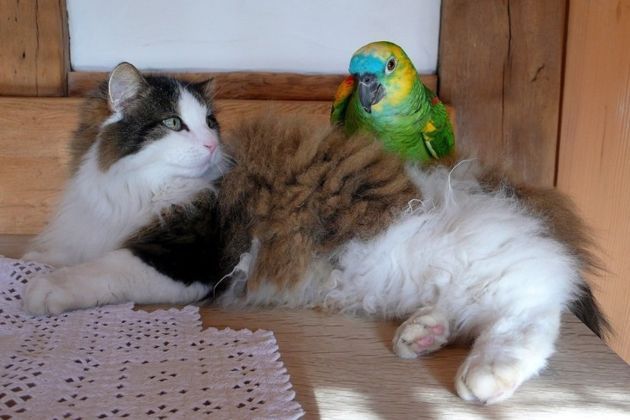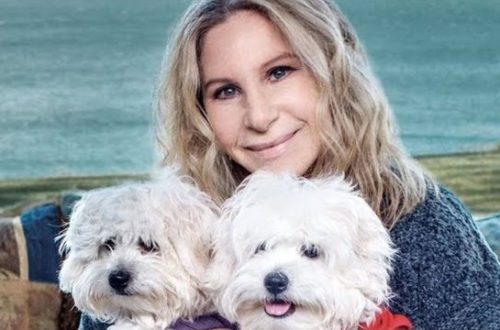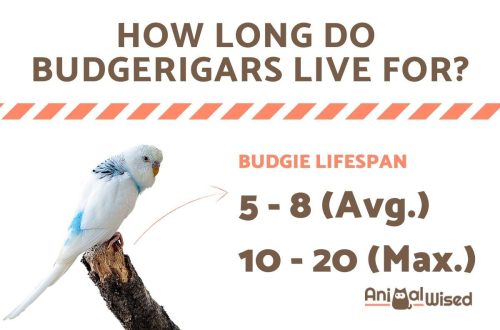
The cat attacked the parrot! What to do?

Keeping a bird is no less responsible than keeping any other animal. The owner needs to understand that even in the apartment of a parrot, various dangers can be expected, including cats in the house. How to protect the bird and help if the attack did happen?
No matter how neutrally the cat treats the parrot at first glance, it is still a predator, and even in the laziest and calmest, the hunter’s instinct can wake up, or the parrot, due to its curiosity, can greatly annoy the cat, and it can try to brush off the bird with its paw or bite without the intent to eat. After a cat attack, a bird can get various injuries: bite wounds, scratches, fractures and dislocations, bruises and concussions, pulled out feathers, as well as fear and stress. All this can seriously affect the health of the feathered. At the same time, the danger of injury can threaten not only the bird, but also the cat itself – large parrots have strong and strong beaks and can fight back.
The danger of pasteurellosis
Even minor bites or scratches are dangerous. Normally, in the saliva and on the surface of the claws of cats, there is the causative agent of pasteurellosis, which, getting into the blood of the bird with various kinds of damage, leads to the rapid death of the parrot within 2-10 days. To avoid this, it is necessary to provide first aid to the pet, and then consult a veterinarian for a treatment appointment.
First aid at home
If, nevertheless, it happened that the cat attacked the bird, you must assess the condition of your feathered pet after you remove the instigator of the attack to another room. Carefully inspect the parrot:
- Is the position of the body of the parrot in space natural, does it collapse, can it stand up
- Does he have any visible damage, bleeding
- Are the feathers pulled out
- Is there an unhealthy position of the limbs: an inverted wing or paw at an unnatural angle, can the bird move its limbs
If you find blood, then the wound should be treated with an aqueous solution of chlorhexidine 0,05%, Eplan. In no case do not use alcohol solutions, potassium permanganate, brilliant green and iodine for sanitation of wounds – this can cause pain shock and death of the bird! If there is nothing from antiseptics at home, then just use boiled chilled water. If the blood does not stop, then you need to press a bandage tampon moistened with hydrogen peroxide, a hemostatic sponge, Qwikstop. Next, the parrot should be put in a carrier or in a box with holes for air, covered with a dark cloth and sent for further help to the veterinarian. Before contacting a veterinary clinic, you should call them and find out if the specialist who is present on the shift accepts birds. It is better to know in advance exactly where the ornithologist conducts the reception, so as not to waste time.
Treatment
Surgical treatment may include treatment of existing wounds, fixation of an injured limb, or surgery in the presence of a fracture. Therapeutic treatment includes the appointment of antibiotics, more often it is amoxiclav or ciprofloxacin. During and after taking the antibiotic, you can give the bird preparations to restore the microflora, for example, Vetom. At home, the owner may also need to treat wounds with Chlorhexedine or Betadine and Levomekol ointment, if bruises are present, Traumeel ointment. During recovery, provide peace and comfort to the bird. Do not forget about fresh water, quality food and peace. All this will help her recover as soon as possible.
Attack Prevention
By their nature, cats are predators, therefore, no matter how friendly the pets are, you should not leave them together: in your absence, the parrot should be in a spacious cage, and the cat in another room. The cage should be in a place inaccessible to the cat. Otherwise, it is fraught with serious consequences. If you take your parrot cage outside, make sure there are no cats nearby, be there. By following these simple recommendations, you will protect your feathered pet from unnecessary stress and injury.





